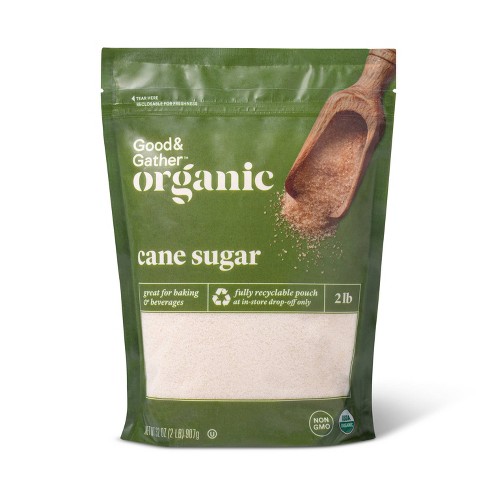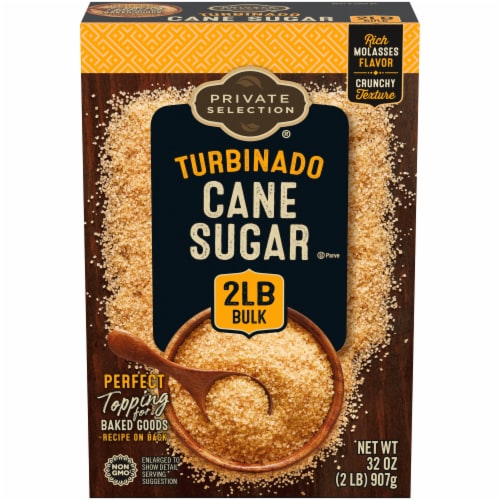Understanding Cane Sugar Processing: A Comprehensive Introduction of the Stages
Understanding Cane Sugar Processing: A Comprehensive Introduction of the Stages
Blog Article
Discovering the Comprehensive Tips Associated With Cane Sugar Processing From Harvesting to Improvement
The process of walking cane sugar production includes a collection of elaborate actions, starting with the mindful harvesting of sugarcane and culminating in the refinement stages that guarantee the final item fulfills market standards. Each stage, from the removal of juice to the filtration and formation processes, plays a crucial duty in figuring out the high quality and personality of the sugar.
Gathering Sugarcane
Gathering sugarcane is a vital action in the walking stick sugar handling chain, as it straight affects the top quality and return of the final item. Appropriate timing and methods are necessary throughout this stage to guarantee ideal sugar material and decrease losses. Commonly, sugarcane is harvested when it reaches maturity, usually 12 to 18 months after planting, defined by a high sucrose focus.

Post-harvest, the sugarcane has to be refined promptly to stop sucrose deterioration. Preferably, harvested walking stick must be moved to processing centers within 24-hour to protect sugar top quality. As a result, efficient logistical planning is important to preserve the integrity of the collected plant throughout the supply chain.
Removal Refine

The crushed walking cane goes through a series of pressing operations to take full advantage of juice recovery. Usually, warm water is splashed onto the crushed walking cane, creating a countercurrent flow that helps dissolve the sugar while also assisting in the removal process. The juice accumulated from this operation has not only sugar however additionally various natural compounds and impurities.

To enhance removal efficiency, some centers might employ diffusion techniques, where the sugarcane is taken in hot water, allowing the soluble sugars to diffuse right into the liquid. The resulting juice, abundant in sucrose, is after that guided to subsequent processing phases, laying the foundation for filtration and improvement. The removal procedure is hence pivotal in determining the top quality and yield of the final sugar product.
Purification Techniques
The filtration strategies utilized in cane sugar handling are essential for transforming the raw juice right into a premium sugar product. These approaches primarily intend to eliminate pollutants, such as soil, plant materials, and inorganic compounds, which can adversely influence the last item's flavor and color.
One of one of the most typical purification techniques is information. This process includes adding lime and warm to the raw juice, which promotes the coagulation of contaminations. The resulting precipitate is after that eliminated through sedimentation or filtering, yielding a more clear juice. Furthermore, the usage of phosphoric acid can enhance the explanation process by additional binding impurities.
Another substantial strategy is carbonatation, where carbon dioxide is introduced to the made clear juice. This reaction creates calcium carbonate, which captures staying contaminations and promotes their elimination.
Furthermore, triggered carbon treatment might be applied to adsorb any remaining colorants and natural impurities, ensuring a more refined product. The mix of these approaches effectively prepares the sugar juice for subsequent steps in the refining process, setting the stage for the manufacturing of top notch walking stick sugar.
Condensation Techniques
After the purification phase, the following essential action in cane sugar processing includes condensation methods, which play a crucial duty in transforming the clarified juice right into strong sugar. This process normally utilizes two key approaches: spontaneous condensation and regulated like it condensation.
In spontaneous formation, supersaturated sugar solutions are allowed to cool down naturally, leading to the development of sugar crystals over time. This technique permits for the uniform development of sugar crystals and greater purity.
Throughout crystallization, the cleared up juice is concentrated through dissipation, enhancing its sugar material until it reaches supersaturation. When this factor is achieved, either approach can promote the crystallization procedure. Cane Sugar Processing. The resultant sugar crystals are after that separated from the staying syrup with centrifugation
Eventually, the selection of crystallization technique affects the quality, size, and purity of the last sugar product, making this step essential in the overall cane sugar processing procedure.
Improvement and Packaging
Exactly how can the pureness and high quality of walking cane sugar be additionally boosted after formation? The refinement procedure plays a crucial function in achieving high-grade walking cane sugar. Following formation, sugar undergoes a comprehensive washing to remove pollutants and recurring molasses. This is typically completed using cozy water or vapor, Full Article which aids dissolve and extract unwanted components while preserving the sugar crystals.
Next, the sugar is subjected to a procedure called centrifugation, where it is spun at broadband to separate the detoxified sugar crystals from the staying liquid. After centrifugation, the sugar is typically more fine-tuned through a method called carbonization or phosphatation, which makes use of activated carbon or phosphoric acid to remove color and off-flavors.
When refined, the sugar is dried to achieve the desired dampness content, ensuring that it remains steady throughout storage space and transportation. The last step includes packaging the refined sugar in moisture-proof and closed containers to preserve its quality and protect against contamination. Cane Sugar Processing. Correct packaging not just extends life span but additionally assists in simple handling and circulation, guaranteeing that consumers receive sugar that fulfills the greatest requirements of purity and quality
Verdict
The extensive actions associated with walking stick sugar handling, from the careful harvesting of sugarcane to the detailed improvement and packaging stages, highlight the relevance of each phase in making sure premium sugar production. Ideal harvesting techniques, effective extraction techniques, and rigorous filtration processes jointly add to the last product's pureness and security. The crystallization and subsequent packaging methods even more enhance the integrity and life span of the sugar, highlighting the complexity and accuracy fundamental in this crucial farming sector.
The procedure of walking stick sugar production encompasses a collection of intricate actions, beginning with the mindful harvesting of sugarcane and culminating in the refinement phases that ensure the last item satisfies sector criteria. Ideally, harvested walking stick should be moved to processing centers within 24 hours to protect sugar quality.In spontaneous crystallization, supersaturated sugar options are allowed to cool naturally, leading to the development of sugar crystals over time - Cane Sugar Processing. The refinement process plays a vital function in achieving top notch walking cane sugar.The extensive steps Visit Your URL included in walking cane sugar handling, from the thorough harvesting of sugarcane to the complex improvement and product packaging phases, emphasize the relevance of each stage in ensuring high-grade sugar production
Report this page